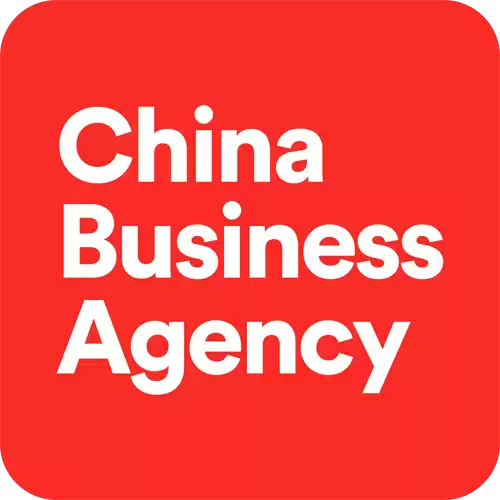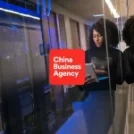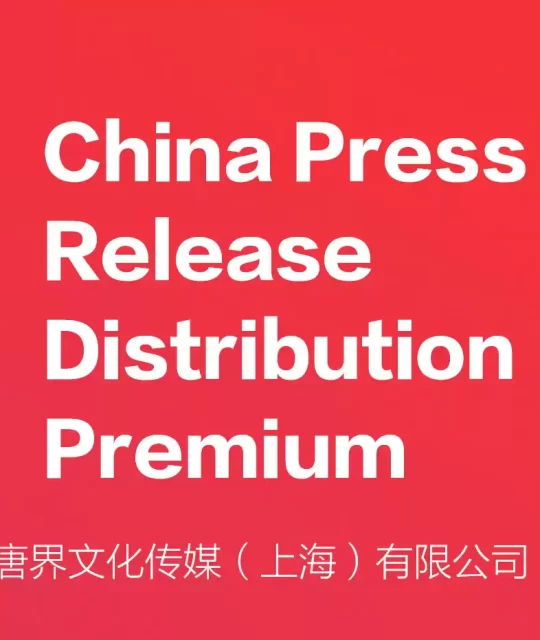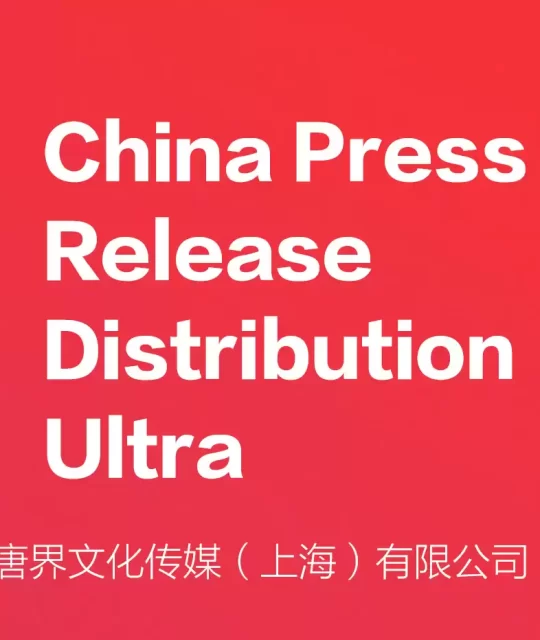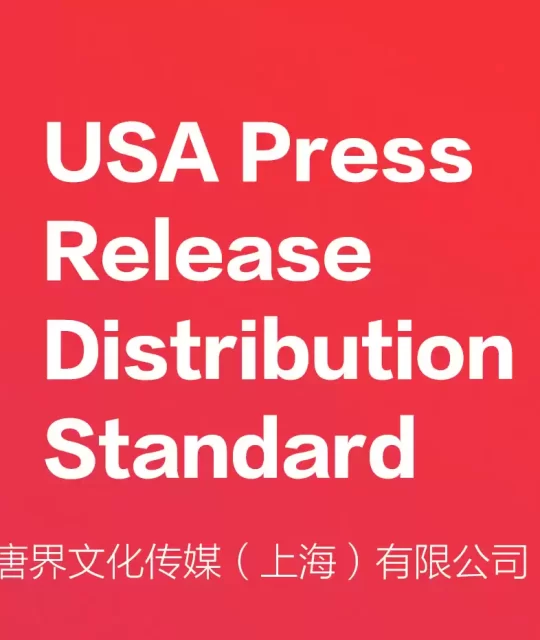China’s fashion market is not just one unified entity; it’s a diverse and complex landscape where consumer preferences vary greatly depending on the city, region, and demographic group. From the hustle and bustle of Beijing’s cosmopolitan center to the high-tech innovation hub of Shenzhen, the fashion demands of Chinese consumers are as varied as the cities themselves. For international brands looking to succeed in China, understanding these regional differences is crucial.
This article explores how fashion preferences in different cities affect consumer behavior and provides key insights on how China Business Agency can help fashion brands tailor their approach to local markets, drive engagement, and boost sales.
1. Regional Variations in Fashion Preferences
China’s vast geography, rich cultural history, and rapid urbanization have created a market where consumer tastes differ significantly by region. For fashion brands entering the Chinese market, recognizing these regional preferences is a vital step in crafting effective strategies.
- Tier 1 Cities (Beijing, Shanghai, Guangzhou, Shenzhen): These cities represent China’s economic powerhouses, home to a large number of young professionals, entrepreneurs, and affluent consumers. Fashion trends in these cities are highly influenced by global fashion trends, with consumers willing to invest in high-end international brands. Here, luxury brands like Louis Vuitton, Chanel, and Gucci are particularly popular, and the demand for exclusive, high-status items is strong.
- Shanghai: As a global financial and cultural hub, Shanghai is at the forefront of luxury fashion consumption. The city’s residents are fashion-forward and prioritize both global and local trends. International brands must offer a unique blend of high-fashion and innovation to capture the attention of Shanghai’s discerning consumers.
- Beijing: Known for its political and historical significance, Beijing’s fashion landscape is somewhat influenced by traditional Chinese elements, though it also embraces international luxury. Younger generations in Beijing tend to favor high-end streetwear and collaborations, with an increasing appetite for sustainable and ethical fashion.
- Tier 2 Cities (Hangzhou, Chengdu, Xi’an, Nanjing): These cities are experiencing rapid growth in both economy and middle-class population. The demand for international fashion brands is increasing, but with a more selective focus. Consumers in Tier 2 cities appreciate the quality and prestige of foreign brands but are also more cost-conscious than their Tier 1 counterparts.
- Hangzhou: As the home of Alibaba, Hangzhou is at the cutting edge of e-commerce and tech-driven retail. Consumers here are highly tech-savvy, and online shopping platforms such as Tmall and JD.com are primary channels for fashion purchases.
- Chengdu: Known for its laid-back, lifestyle-driven culture, Chengdu consumers are more drawn to casual and comfortable fashion. Brands that offer stylish yet affordable everyday wear are likely to do well in this city.
- Tier 3 and Lower Cities (Shenyang, Harbin, Kunming): These cities are generally more conservative in their fashion choices and price-sensitive. While there’s a growing appetite for international brands, local designs and affordable pricing dominate here. Chinese fashion brands with a focus on practicality and value for money are strong contenders in these markets.
2. The Role of Social Status in Fashion Purchases
In all regions, fashion is often seen as a status symbol. However, the importance of status may vary across different cities. For instance, in cosmopolitan cities like Shanghai and Beijing, fashion items are frequently purchased for their ability to demonstrate social standing. Luxury brands with a long history of exclusivity and prestige are especially coveted by consumers in these cities.
- Luxury Fashion and Conspicuous Consumption: Consumers in Tier 1 cities are more likely to purchase luxury items not just for personal enjoyment but also to signal their wealth and status. This is in contrast to Tier 2 or Tier 3 cities, where practicality and affordability may take precedence.
China Business Agency can help your brand position its products in a way that appeals to status-conscious consumers, ensuring your messaging resonates with the aspirations of Chinese buyers in both high-end and mass-market segments.
3. Influence of Digital and Social Media
Social media is a key driver of fashion trends across China, but the platforms and content strategies that work vary by city. While platforms like WeChat and Weibo are widely used across the country, smaller cities may be more inclined to use Douyin (the Chinese version of TikTok) for fashion inspiration, while more sophisticated markets like Beijing and Shanghai may rely heavily on high-end social influencers and KOLs.
- WeChat and Weibo: These platforms dominate the digital landscape in Tier 1 and Tier 2 cities, offering brands a way to connect directly with consumers through personalized experiences and promotions.
- Douyin (TikTok China): For younger, more trend-driven consumers, Douyin is a significant platform for discovering fashion. Brands that create engaging, shareable content have the opportunity to go viral, especially in cities like Chengdu and Xi’an, where youth culture drives purchasing behavior.
- Xiaohongshu (Little Red Book): Popular for lifestyle and fashion-related content, this platform is particularly influential in Tier 1 cities, offering a space for user-generated content and product reviews. Xiaohongshu’s importance in urban centers makes it an essential part of any Chinese fashion brand’s strategy.
China Business Agency specializes in helping fashion brands tailor their social media strategy, creating content that resonates with the local audience and adjusting the platforms used according to each city’s consumer behavior.
4. E-commerce Trends Across Different Regions
E-commerce is booming in China, but the way it is consumed differs between cities. In Tier 1 cities, consumers are more likely to engage in cross-border e-commerce and use international platforms like Tmall Global and JD Worldwide to purchase foreign goods. In contrast, Tier 2 and Tier 3 cities are more likely to shop domestically, preferring local online shopping platforms and more affordable options.
- Tmall and JD.com: These platforms dominate the landscape in Tier 1 and Tier 2 cities, with fashion brands leveraging their reach to capture a wide audience. Offering local language support, fast delivery, and customer service are essential for success.
- Pinduoduo: Pinduoduo is an e-commerce platform that has gained popularity in lower-tier cities due to its group-buying model, where users can purchase products at discounted rates by teaming up with others. Fashion brands targeting these markets need to adapt to this unique shopping model.
China Business Agency can assist brands in selecting the right e-commerce platforms for their target cities, ensuring optimized product listings, pricing strategies, and efficient logistics to serve consumers across China.
5. The Shift Toward Sustainable and Ethical Fashion
As sustainability becomes an increasingly important factor for Chinese consumers, younger buyers, particularly in Tier 1 cities, are demanding more transparency from fashion brands. They are interested in eco-friendly materials, ethical production practices, and corporate social responsibility initiatives.
- Tier 1 Cities: Consumers in cities like Shanghai and Beijing are driving the demand for sustainable and ethical fashion. This group is more likely to pay a premium for brands that align with their values.
- Tier 2 and 3 Cities: While sustainability is gaining traction, it is not yet as widespread in Tier 2 and 3 cities. However, as these cities grow and become more affluent, the demand for sustainable fashion is expected to increase.
China Business Agency helps fashion brands develop strategies to promote their sustainability initiatives, ensuring that the brand message resonates with environmentally conscious consumers in key markets.
Conclusion
Understanding the regional differences in China’s fashion consumer preferences is critical for fashion brands looking to enter the market. Whether you are targeting the affluent buyers in Shanghai or the practical, value-driven consumers in smaller cities, a tailored approach is essential for success.
China Business Agency offers comprehensive support, including market analysis, e-commerce optimization, digital marketing strategies, and media relations. We help brands navigate China’s complex market landscape, ensuring that their message and products resonate with local audiences in every region of the country.
